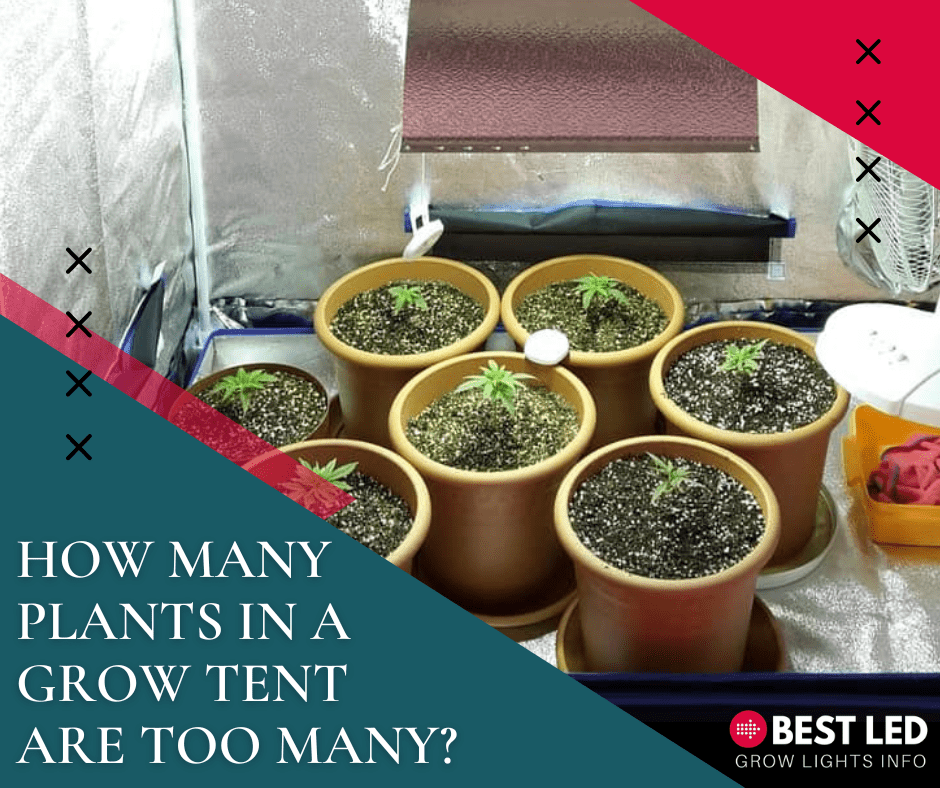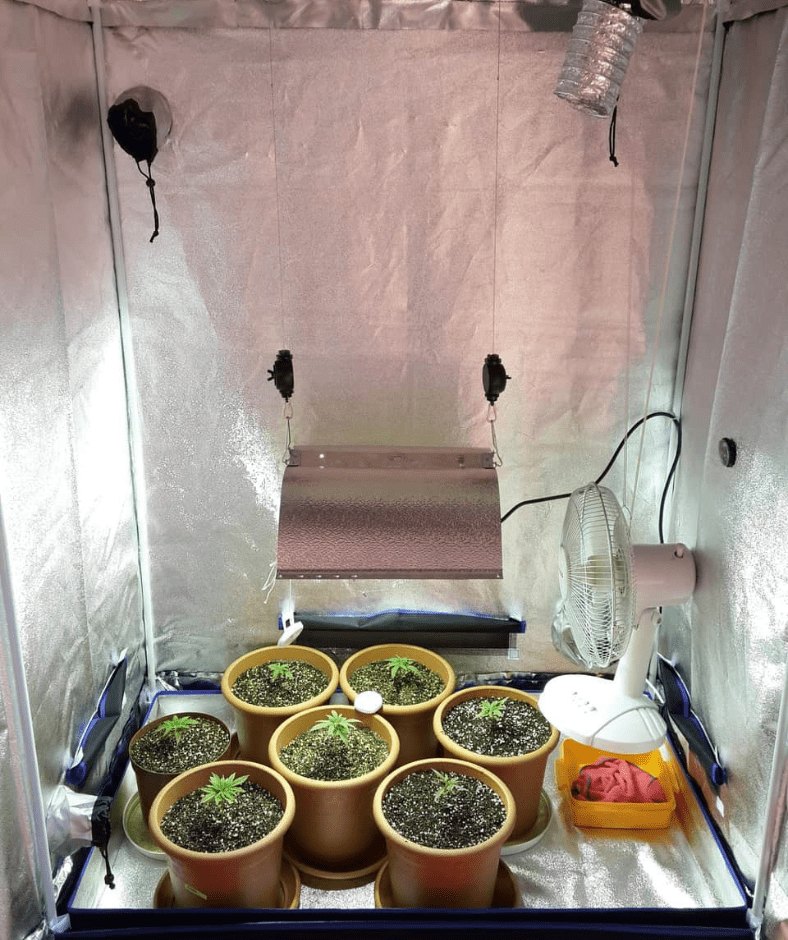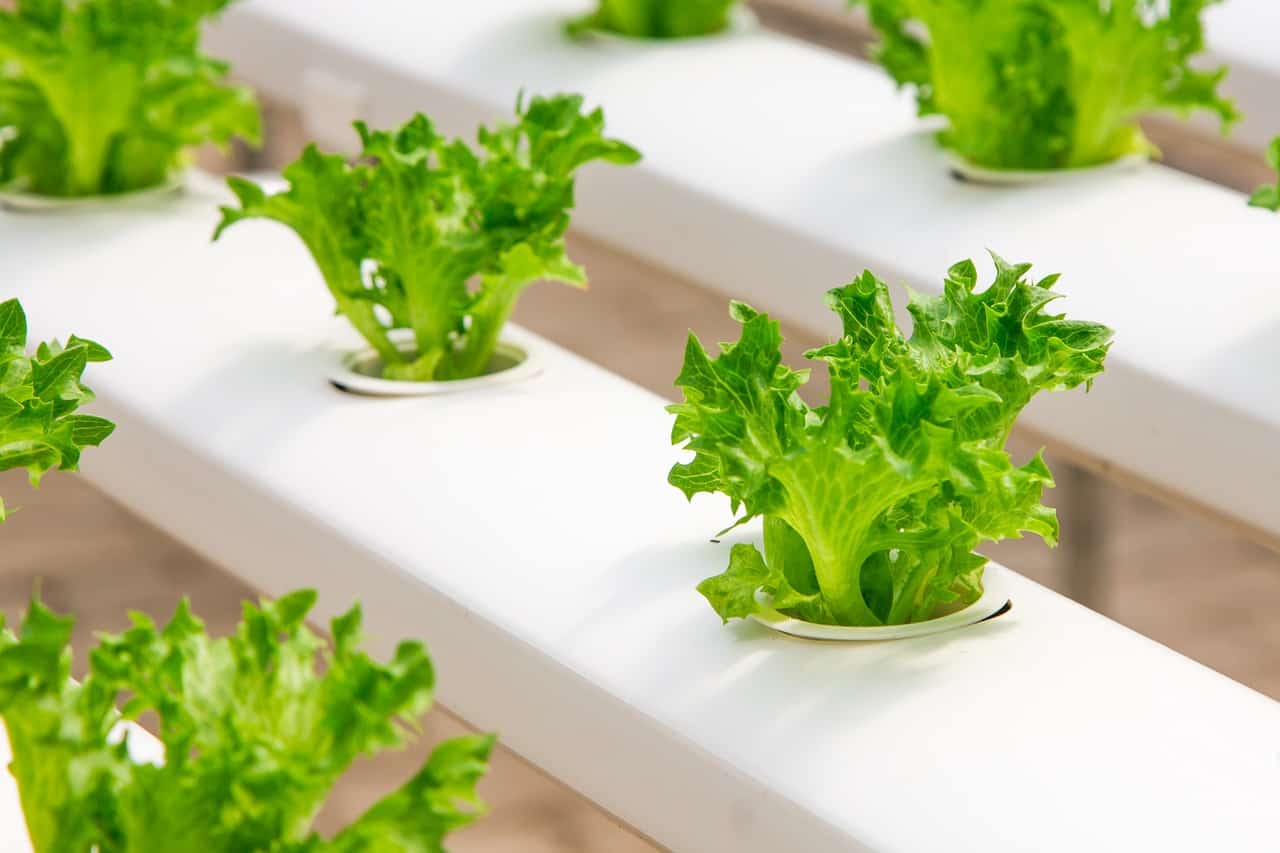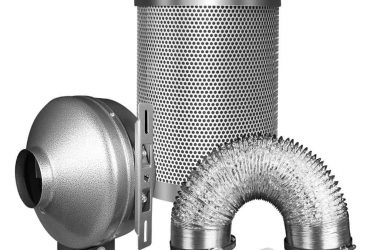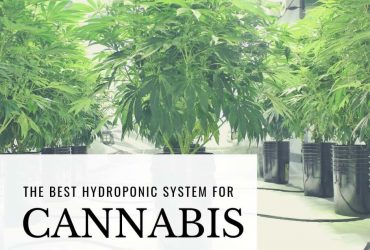How Many Plants in a Grow Tent Are Too Many?
One of the questions I’m asked most often by people getting their grow tent set up ready is ‘How many plants in a grow tent are too many?’ If you’re wondering how many plants can fit in a grow tent you’ve purchased, this article is for you.
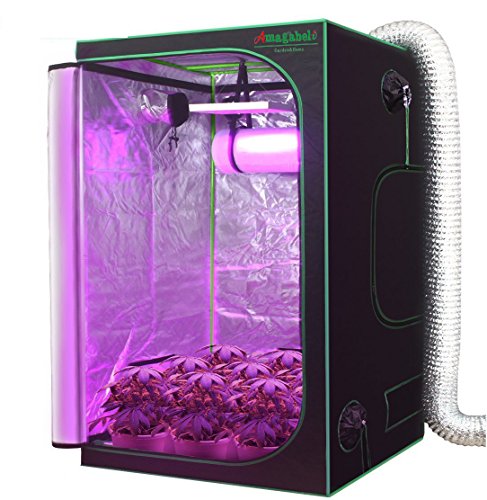
Indoor Gardening in a Grow Tent
Grow tents are one of the latest innovations when it comes to the world of agriculture and plant care. Thanks to these grow tents; you can keep produce growing all year round, regardless of the season, or the current weather.
Traditional growing involves planting in soil. With grow tents, however, you can make use of a hydroponic system, which requires water and an inert medium for the plants to grow, while maintaining a controlled environment. Specifically, you have complete control over the heat and humidity to which the plants are exposed.
One of the most common questions we associate with indoor growing is the number of plants you can fit in a grow tent. The reason for this is apparent since they are usually placed in a limited space indoors.
Moreover, one of the reasons space why is an issue is simply because these grow tents are small in size, with some boxes measuring a mere 30 ft. across all possible dimensions.
Given the limited space, it is therefore essential to make the most out of the area you have, deciding carefully on several factors that determine the overall capacity of the grow tent; each of which I thoroughly discuss below.
Negative Effects of Crowded Grow Tents
Insufficient, Uneven Distribution of Plant Essentials
The plant essentials I’m talking about here include water, air circulation and humidity, as well as the heat from the LED grow lights the grow tent requires.
It’s common sense if you are going to cram so many plants in the grow tent, some of these plants won’t get the right amount of the essentials, especially heat and light, given that the smaller plants will end up being blocked by the larger ones.
Having more plants inside the grow tent will also cause competition for air, as well as for water and the inert growing medium.
Faster Spreading of Plant Disease and Parasites
Having a cramped grow tent interior, with hardly any space between the pots mean leaves come in close contact with each other. This means parasites, pathogens, mold, and other harmful microorganisms can easily cross from leaf to leaf or stem to stem.
Before you know it, plants belonging to the same row or column could all be infested or infected.
Eventual Destruction of Crops

The worst and most obvious consequence of an over-crowded grow tent would have to be the death of crops. This happens if the infected plants are not isolated or uprooted as soon as possible, or if no insecticide or antifungal medication is sprayed or quickly applied on these crops.
Determining Factors for Number of Plants in a Grow Tent
Type of Produce
It’s a given that different plants have over-all different sizes, determined by the diameter of stems, and the structure or pattern in which the leaves usually grow.
One of the most common plants grown inside grow tents would have to be Cannabis. It is advised that only eight pots of Cannabis be placed inside and typical sized grow tent. This ratio is ideal for every single standard LED grow light. Keep in mind, the broader the leaves, the wider the space required.
Size of Grow Tent and Pots
Given that different tents have different manufacturers, the reality is different grow tents come in different sizes as well. Of course, the larger the grow tent, the more plants you can fit inside.
Making use of DWCs (deep water culture hydroponic systems), or bigger plastics will also mean you can grow significantly fewer crops. Pots also considerably influence the number of plants you can fit inside the grow tent.
Making use of square pots is a better option as they are more space-efficient compared to the circular variety.
Grow Lamp Type Used

There are two different kinds of fixtures you can use to provide light, which help substitute and simulate real-world sunlight. These options are CFL, or Compact Fluorescents, and LEDs, or Light-Emitting Diodes. Of course, I recommend LED grow lights for a variety of reasons.
If you use 150 W for the latter type, then the space ought to be 2’ x 2’, and if you have twice as much space, then you ought to double the wattage.
For LEDs, on the other hand, you use half the wattage ratings required of CFL, which makes it twice efficient. The total number of pots and plants you can place inside the grow tent depends on how many are covered by the grow lamp.
Obviously, it’s not a good idea to put plants inside if not all of them are directly exposed to the light and heat of the lamp, whether it be LED or CFL.
Conclusion
When it comes to knowing how many plants in a grow tent will be the most productive, there are several factors to consider. There is no exact answer to this particular question. It is, however, essential to keep in mind that cramming too many plants inside your grow tent will compromise each plant’s growth, as well as its ability to expand and thrive.
Always consider the natural size of the full-grown plant, given that some have more leaves than others. Also put the intensity of the light into consideration as well, and remember that square pots allow you to efficiently organize your plants in a much better way.
Enjoyed this post? Pin it!
